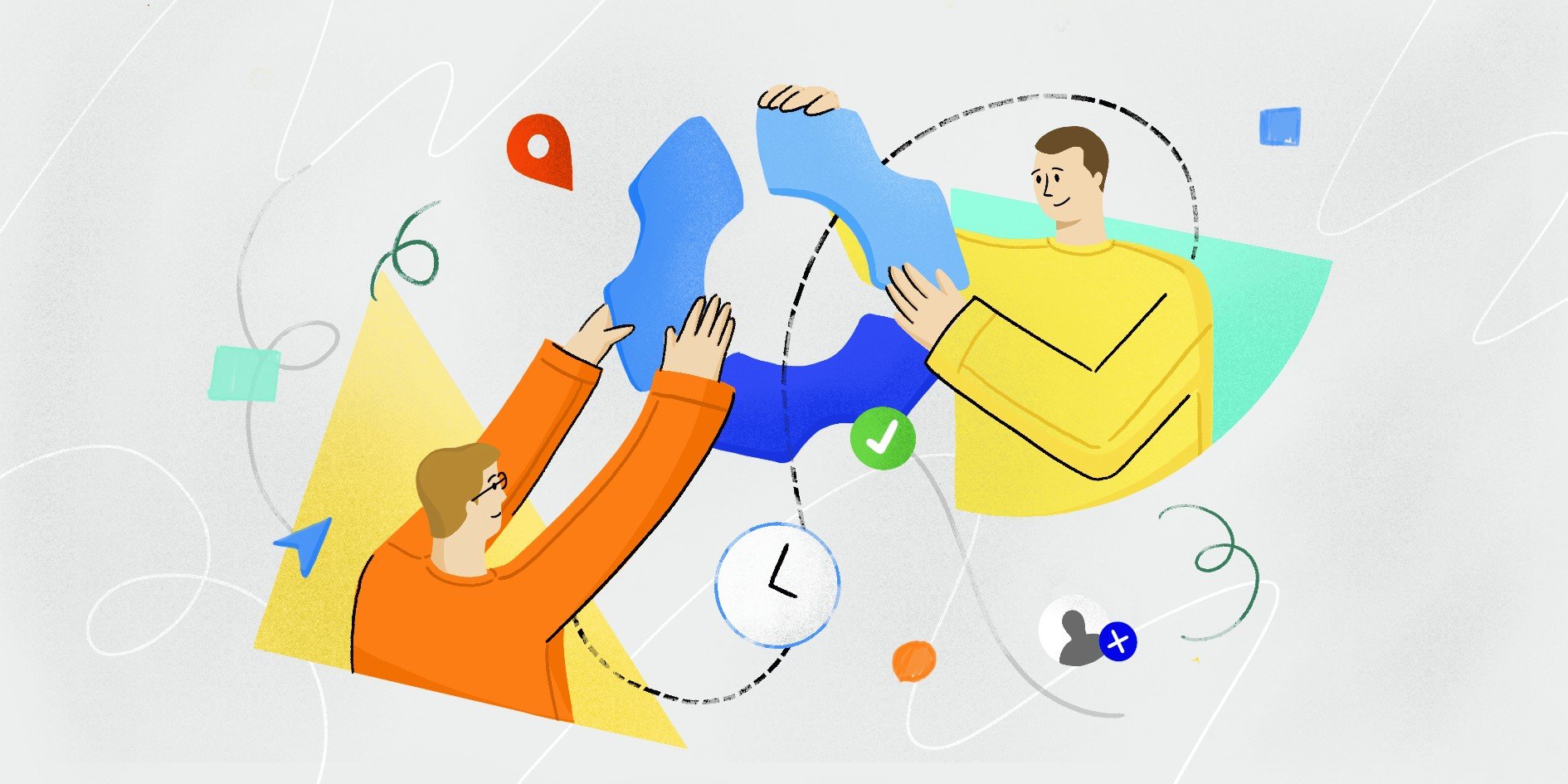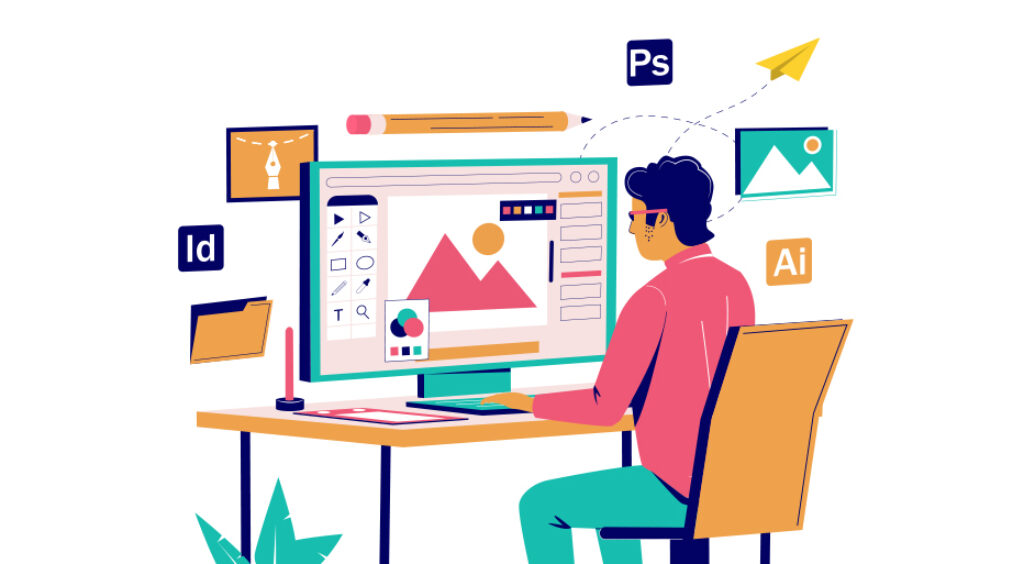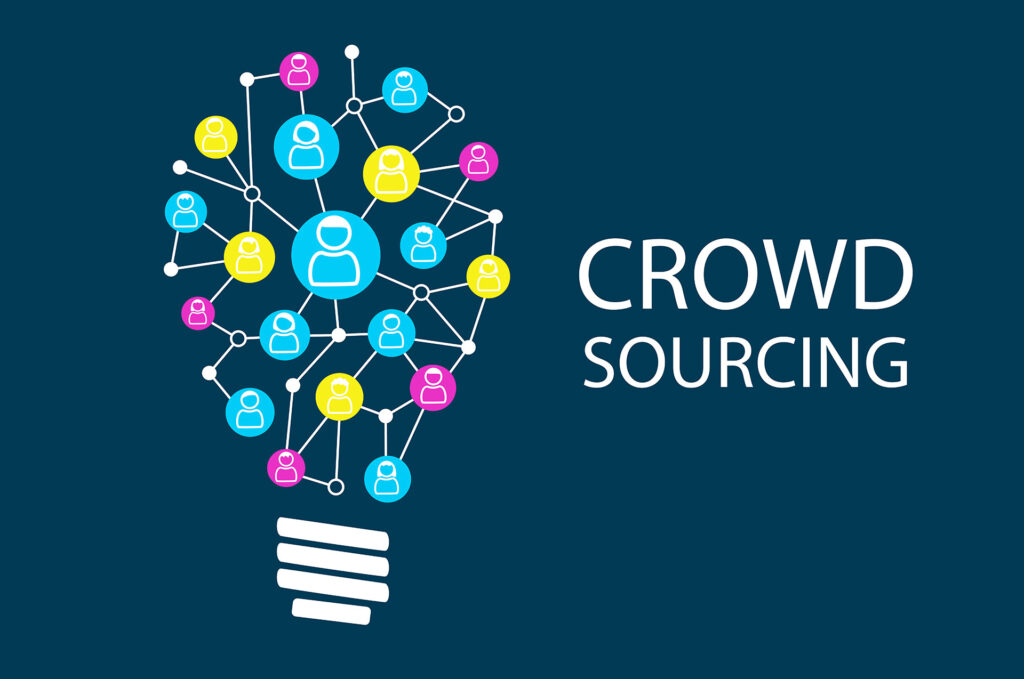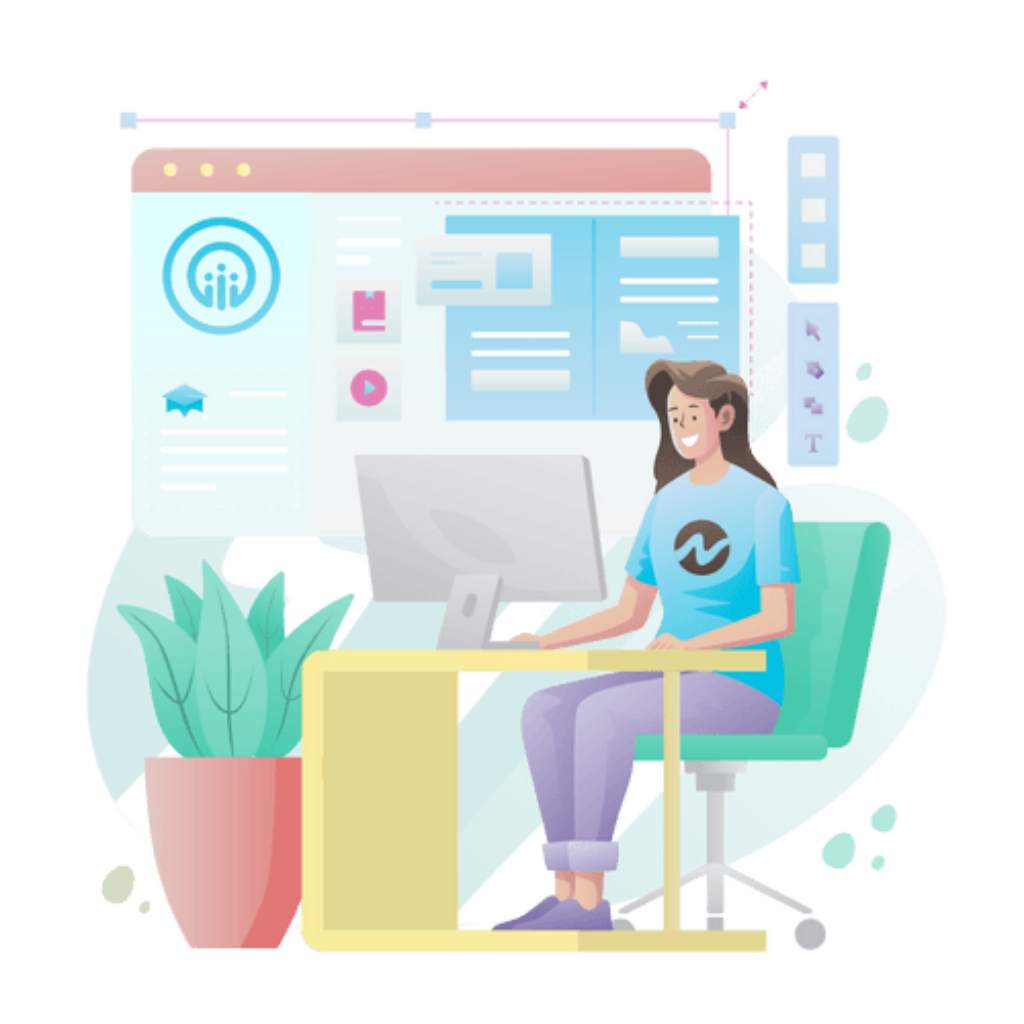
For bootstrapped startup design, navigating the path to creating a visually appealing and brand-aligned identity can seem like a daunting task. Many startups begin their journey with limited resources, focusing on essential operational costs and often relegating design to a lower priority.
However, the visual component of your startup is crucial for making a strong first impression, conveying professionalism, and establishing trust with your target audience. It’s essential to embrace these design challenges, understanding that a compelling visual identity is not out of reach, even with budget constraints.
By prioritizing and strategizing, your startup can achieve a powerful and effective design that supports your brand’s message and goals.
Table of Contents
Key Strategies for Bootstrapped Startup Design
Identifying Essential Design Elements for Your Brand
To navigate lean startup design effectively, it’s paramount to first identify the essential design elements that will form the cornerstone of your brand identity. These are typically your logo, website, and primary marketing materials. These elements should not only reflect your brand’s ethos but also resonate with your target audience. For startups, this often means starting with a clean, simple logo that is versatile across various platforms and a website that prioritizes user experience and functionality.
Implementing Minimalist Design Principles for Efficiency
Adopting minimalist design principles can be a game-changer for lean design strategies for startups. Minimalism in design focuses on simplicity, using fewer elements and colors, which can significantly reduce design costs while ensuring your brand’s message is clear and impactful. This approach not only makes the design process more manageable and cost-effective but also results in a clean, modern aesthetic that appeals to contemporary audiences.
Balancing Functionality and Aesthetics on a Budget
Achieving a balance between functionality and aesthetics is crucial for bootstrapping design for startups. Your design should not only look good but also serve the practical needs of your business and your customers. This means creating a user-friendly website, clear and engaging branding materials, and an intuitive product interface. Prioritizing usability in your design process ensures that your startup not only attracts but retains customers.
Leveraging Free and Low-Cost Design Tools
Navigating the Landscape of Free Design Software

Source: bornthinking.com
The availability of free and low-cost design tools has been a game-changer, democratizing access to design capabilities for startups operating on tight budgets. These tools range from graphic design and photo editing software to web development platforms that offer robust features without the hefty price tag of professional suites. For a bootstrapped startup, leveraging these resources can significantly enhance your ability to produce quality visual content, from social media graphics to basic website layouts.
Cost-Effective Tools for Visual Design and Branding
For startup visual design and startup branding, numerous cost-effective tools strike the perfect balance between affordability and functionality. By taking advantage of these tools, startups can produce high-quality design work that resonates with their audience and supports their branding efforts, all while keeping costs low.
When to Invest in Paid Tools for Specific Needs
While there are numerous free and low-cost tools available that can help in the initial stages of building a brand’s visual identity, they may not always be sufficient to meet the growing and evolving needs of a dynamic startup. Recognizing the right moment to invest in paid tools is a strategic decision that can significantly enhance the quality of your brand’s design output. Here are detailed insights into situations that might necessitate this investment:
- Scaling Your Business: As startups transition from their developing stages to more established phases, the demands on branding and design escalate. Free tools, while beneficial for initial setups, often lack the advanced features and flexibility needed for complex design tasks. Paid tools, on the other hand, offer extensive customization options, sophisticated design capabilities, and the ability to handle the increased volume and complexity of work effortlessly.
- Unique Brand Requirements: Every brand has its own set of unique attributes and requirements that set it apart from competitors. When free design tools fall short of offering the specific functionalities or design elements your brand needs, investing in specialized software becomes indispensable. These paid tools can provide unique templates, advanced design features, and specialized functionalities that can help maintain your brand’s unique identity.
- Efficiency and Collaboration: Paid tools often come equipped with features that streamline the design process, enhance teamwork through collaborative features, and ensure consistency across all brand communications. This can significantly reduce the time and effort required to produce high-quality design work, allowing your team to focus on innovation and creativity.
- Professional Support and Reliability: Unlike free tools, which might offer limited or no support, paid services often include dedicated customer support, tutorials, and training resources to help you make the most of the software. Additionally, paid tools tend to be more reliable, with less downtime and more frequent updates, ensuring that your design process is not hindered by technical issues.
While the allure of free and low-cost tools is undeniable, especially for startups mindful of their budgets, there comes a point when the investment in paid tools becomes not just beneficial but necessary for brand growth and differentiation. Identifying when your startup has reached this juncture is crucial for making informed decisions that will streamline your design processes.
Exploring Crowdsourced Design Platforms
Benefits of Crowdsourcing for Startup Design

Source: gep.com
Crowdsourcing has emerged as a powerful strategy for design solutions for startups, offering a way to access a wide range of design talents from around the globe such as budget-friendly startup design services. This approach not only diversifies the pool of creative ideas but also aligns with the budget constraints and dynamic needs of a bootstrapped startup. By tapping into the collective wisdom and creativity of designers worldwide, startups can explore a variety of design perspectives, ensuring the final product is both innovative and aligned with the startup’s vision.
How to Effectively Use Crowdsourced Design Services
Leveraging crowdsourced design services presents a unique opportunity for startups to access a wide array of design talents at a fraction of the cost of traditional design firms. This approach not only democratizes the design process but also injects a diverse range of creative insights into your brand. To harness the full potential of crowdsourced design services for budget-friendly design for startups, follow these steps:
- Clearly Define Your Design Brief: The cornerstone of a successful crowdsourced design project is a comprehensive and clear design brief. It’s crucial to provide as much detail as possible about your brand’s mission, values, the demographics of your target audience, and the specific design elements you’re seeking. A well-crafted brief serves as a roadmap, guiding designers toward submissions that are more aligned with your brand’s identity and objectives.
- Engage Actively with Submissions: Actively participating in the review of submissions and providing constructive feedback is key. This engagement not only enhances the quality of the designs but also ensures that the outcomes are closely tailored to your brand’s needs. Feedback helps refine the designers’ understanding of your brand, leading to a more accurate and effective design iteration process.
- Look for Designers Who Understand Your Brand: When evaluating submissions, it’s important to look beyond the surface aesthetics of the designs. Focus on identifying designers who demonstrate a deep understanding of your brand’s ethos and can translate that into their work. Choosing a designer based on their ability to embody your brand’s identity in their designs is crucial for establishing a strong and coherent brand image.
- Consider the Long-Term Potential: When selecting a designer, consider their potential for future collaborations. A designer who is versatile, responsive, and in tune with your brand’s evolving needs can become a valuable asset as your startup grows.
- Protect Your Interests: It’s essential to choose a crowdsourcing platform that has robust policies for intellectual property protection. Ensure that the terms of service safeguard your interests, particularly regarding the ownership of the submitted designs and the confidentiality of your project. This step is critical for protecting your brand and avoiding potential legal complications.
By following these steps, startups can navigate the crowdsourcing landscape more effectively, ensuring that the designs they receive not only meet their aesthetic and functional requirements but also contribute to building a distinctive and resonant brand identity.
Managing Quality and Consistency with Crowdsourced Designs
Ensuring quality and consistency in design solutions for startups is paramount, especially when utilizing crowdsourced platforms where multiple designers contribute. To maintain a high standard of design work and ensure consistency across all your brand materials, it’s essential to have a clear brand guideline in place before initiating any crowdsourcing project. Through strategic planning and creative execution, startups can navigate the challenges of low-cost design services for startups, building a compelling brand identity that captures the essence of their mission and resonates deeply with their target audience.
As your startup evolves, the importance of a robust design strategy remains paramount. By adopting lean design strategies for startups, you not only optimize your resources but also set a strong foundation for your brand’s future. Remember, effective design is not solely about aesthetics; it’s a strategic tool that enhances user experience, communicates your brand’s values, and drives engagement. As you grow, the principles of budget-friendly design for startups should remain at the heart of your strategy, ensuring that every design decision contributes to your overarching business goals and brand vision.








